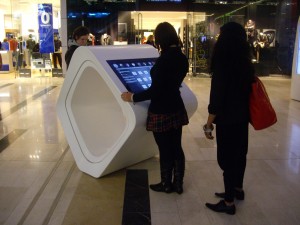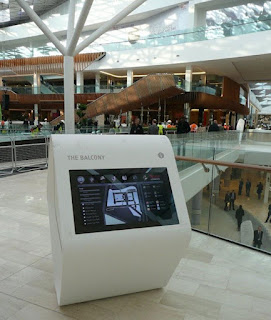Corporate Social Responsibility is the commitment by companies to contribute to a better society and a cleaner environment. Other definition is that CSR is about how companies manage the business processes to produce an overall positive impact on society or how they incorporate social and environmental concerns and also ethical standards in their business operations. A company which shows a good CSR policy is Nike.
The reason why I chose Nike is their market position as on of the world's leading athletic brand. “We’re using the power of our brand, the energy and passion of our people and the scale of our business to create meaningful change. The opportunity is greater than ever for our sustainability strategy to drive business growth, build deeper consumer and community connections, and create positive social and environmental change. We’re focusing our corporate responsibility efforts in the areas in which we can have the greatest impact and create the most value: Through the materials we design into our products, through the process of making those materials and products, and in the world of sport where our products are used.”
Values, ethics and moral responsibility
Like everyone in their professional activities, designers have responsibilities not only to their clients or employers but to society as well. A graphic designer cannot be separated from the social dynamics that happen around him. For instance, when a designer sees global warming destructs the earth he has to do something. Graphic designers must use their work to increase public awareness of a variety of social issues. Across the globe as well as on an individual level, they are being challenged to create work that’s socially responsible.
Different viewpoint
Henry Steiner is a designer with a different viewpoint, believing that graphic design does not have any moral implication. He cited as an example the Nazi’s swastika symbol, explaining it was the most successful and important corporate identity created in the 20th century. Although the entire world condemns what Adolf Hitler and Nazi had done,
it does not imply that the swastika is a bad design.
...part
of a designer’s personal ethics requires the ability to communicate, understand
and identify the client’s problems. Therefore, to Steiner, social
responsibility has nothing to do with professional design standards.
Except
ethics and values, I think that my personal social responsibilities as a
designer must be focused more on sustainable design solutions.
http://nikeinc.com/pages/responsibilityhttp://dgi-indonesia.com/design-social-responsibility-ethical-discourse-in-visual-communication-design-practice/




















